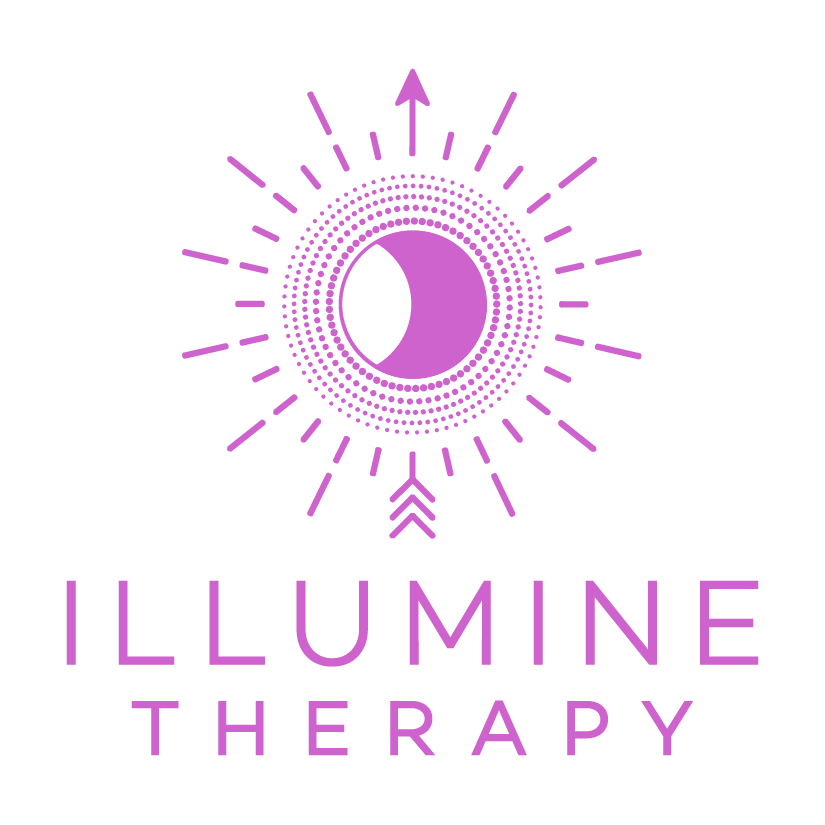Understanding Brainspotting: Why It’s Effective for Trauma
If you’re a trauma survivor, it can be difficult to find long-lasting relief from your symptoms. Perhaps you’ve tried many different types of therapy but still struggle with the effects of trauma. The brain is a complicated, amazing control center. It truly is fascinating, and so is the body, where trauma is also stored. It can take different approaches to find a way to access and heal those past events that have negatively impacted you. This is where Brainspotting comes in.
If you’ve never heard of Brainspotting before, you’re probably intrigued by the unusual name. It’s a newer treatment approach for trauma (and other issues) proving to be very useful. And no, I am not peering into your brain or hooking you up to a machine or cutting you open!
What Is Brainspotting?
Brainspotting is an outgrowth of another therapy called EMDR (Eye Movement Desensitization and Reprocessing), which relies heavily upon eye movements to achieve healing for anxiety and trauma. David Grand first discovered Brainspotting in 2003.
Brainspotting draws upon how the brain stores traumatic memory. These neurological “memories” manifest themselves in physiological responses and reactions. One way to trigger these physiological reactions is when the eyes look at a specific spot (hence the name of Brainspotting). "Where you look affects how you feel."
The Brain’s Structure
The nature of trauma means that the brain stores it deep within. It is not stored in the neocortex, or “thinking brain” that drives logical decision making and higher-order thought processes.
Instead, the middle brain, or “feeling brain,” stores the experience of trauma. Specifically, it affects the limbic system and amygdala. This is one reason why recovery from trauma often requires a brain-body approach for best healing. The unconscious nervous system works to protect us from dangers, real or perceived. It holds on tightly to the adaptive techniques with which it responds to trauma. Fight, flee, freeze, or fawn anyone!
To address trauma’s very real effect on the deeper parts of the brain, therapy needs to move beyond the "thinking brain" and into the emotional center of the brain. This is the approach behind Brainspotting.
How Does It Work?
In Brainspotting, I will work with you to identify these spots and then work hand-in-hand toward effective healing. Typically, I will use a long pointer to direct your gaze. The eyes are guided through a variety of movements.
Physiological Responses
During this process, I will closely observe body reflexes and responses in you as your eyes move. Even the smallest of reactions can help identify an area of the brain that stores specific traumatic memories. Often, you are not even aware of these reactions. They can include facial twitch, excessive blinking, tiny lip movements, wrinkled brows, posture changes, etc.
Of course, if you notice any reactions during this time, these are important to share with me.
A wide range of events can cause trauma, but its neurological and physiological effects are usually the same, no matter the cause of trauma. This is another powerful reason that Brainspotting works.
Eye Gaze
As I identify spots, I will work with you to work through the traumatic memory associated with that spot in the brain. Researchers are finding that people need a way to release the physical effects of trauma. If this doesn’t happen shortly after a traumatic event, it can happen through approaches such as Brainspotting.
Therapeutic Relationship
As with all therapy, Brainspotting will work best when you have a trusting, comfortable relationship with your therapist. I know this to be true and will devote time to developing this relationship.
People need a careful, gentle, wise approach for the greatest success in Brainspotting. I will work slowly as I learn what you’re comfortable with and learn your nervous system. Everyone can process trauma at different rates; I will take cues from you to best adapt your sessions.
--
Please call me or visit my page about trauma and PTSD for more information or to schedule a consultation.

